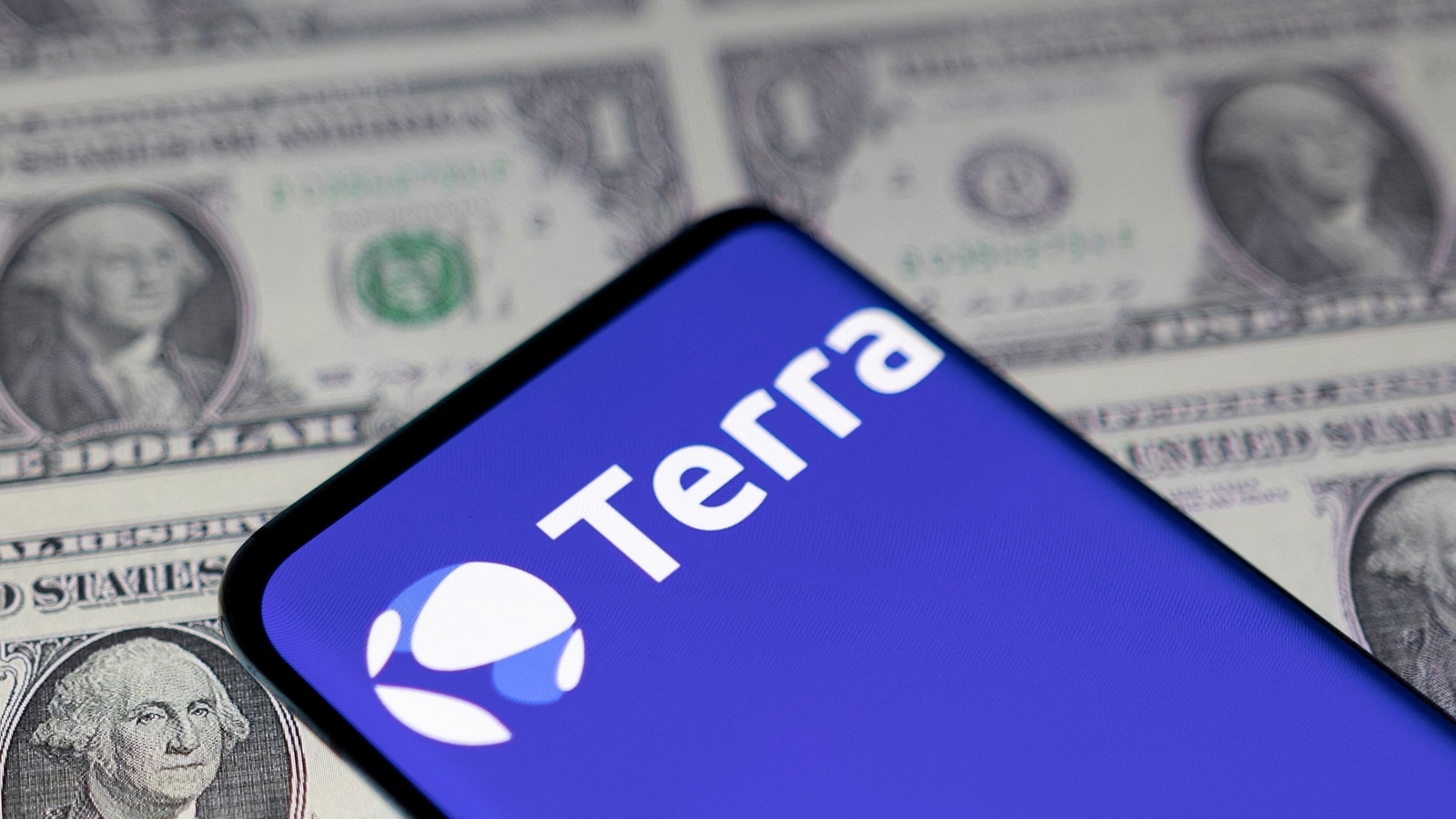Terra Implosion Shakes Foundations of Crypto Stablecoin Complex
Stablecoins besides TerraUSD are failing to live up to their billing as the collapse of the algorithmic token has investors pondering the implications of the tumult for the broader market.

Stablecoins besides TerraUSD are failing to live up to their billing as the collapse of the algorithmic token has investors pondering the implications of the tumult for the broader market.
Most rival algorithmic stablecoins, which use a complex combination of computer code and trader incentives to maintain their pegs of one-to-one to the dollar, are also below that threshold -- though not at the 80% extreme seen on TerraUSD on Wednesday. MakerDAO's Dai and Fei fell by 0.4% and 1.6% respectively. Neutrino USD and Tribe fell 8% and 9.7% over the same period of time, according to data from CoinMarketCap.
Meanwhile, the two largest stablecoins Tether and USDC, which claim to be backed by actual assets including dollars, are basically holding their dollar peg.
“Algorithmic stablecoins are at an experimental stage currently, nothing more,” said Dan Liebau, chief investment officer for Modular Asset Management's blockchain strategy. Those backed by an increasing/decreasing amount in the stablecoin's own protocol token comprise a “particularly risky category,” he added.
TerraUSD, or UST, and its related token Luna, had a long way to fall. They both recently climbed into the top 10 tokens by market value after Terra founder Do Kwon established the Luna Foundation Guard, which bought billions of dollars of Bitcoin to back it up. Investors had rushed to take advantage of yields that might reach almost 20% on Anchor Protocol, which is powered by the Terra blockchain.
“The effects of the UST collapse will bring a bit more caution while evaluating for other algorithmic stablecoins for investment,” said Paul Veradittakit, a partner at Pantera Capital in Menlo Park, California. Also, apps built on Terra/Luna “will likely want to diversify platforms to mitigate risk and apps that are tapping into Anchor for yields will have to tap into other cryptocurrencies and liquidity protocols.”
TerraUSD isn't the first algorithmic stablecoin whose peg has blown up. Neutrino, which sought to keep at equilibrium by issuing and burning tokens, lost its peg last month. It happened to Iron Finance last June -- an incident that caused Dallas Mavericks owner and crypto fan Mark Cuban to call for regulation defining what a stablecoin is, and what collateralization is acceptable.
“We do not believe that the UST situation means anything for the centralized stablecoin market,” a statement from Tether said. “They are entirely different types of assets.”
Catch all the Latest Tech News, Mobile News, Laptop News, Gaming news, Wearables News , How To News, also keep up with us on Whatsapp channel,Twitter, Facebook, Google News, and Instagram. For our latest videos, subscribe to our YouTube channel.






























